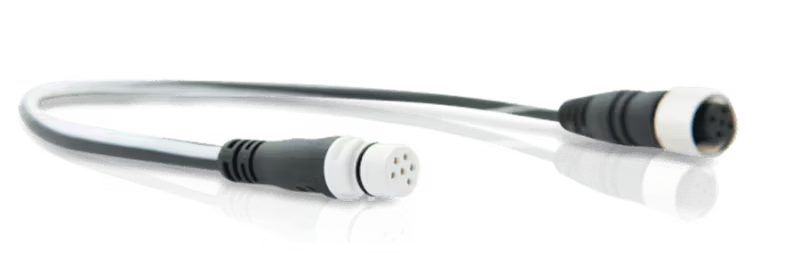Cart
Discount: 0.00 EUR
Discount: 0.00 EUR
Digital Skipper |14/09, 2021

In the marine Industry Terms, several different data formats and protocols are used for communication between electronic devices. This guide explains the four most common formats and what they mean for your installation:
SeaTalk1 (ST1) is a proprietary system developed by Raymarine. It is not the same as NMEA 0183, although both use serial communication. SeaTalk1 uses three wires:
Since both the messages and cabling differ from NMEA 0183, they are not directly compatible. To integrate ST1 with NMEA 0183, a converter is required. To connect ST1 to NMEA 2000, an ST1–NMEA 0183 gateway is needed, and then an Actisense NGW-1 for conversion to NMEA 2000.
NMEA 0183 is an older standard used by many marine devices. It comes in two versions:
The difference between the versions is primarily the introduction of checksums in version 2.0+. The protocol uses ASCII serial communication at a low speed (4800 bit/s). To convert NMEA 0183 to NMEA 2000, a gateway like Actisense NGW-1 is used.
NMEA 2000 is the successor to NMEA 0183 and uses a higher-speed CAN-bus protocol (250 kbit/s). Unlike NMEA 0183, which has one talker and multiple listeners, NMEA 2000 is a multi-talker/multi-listener network where all devices communicate.
SeaTalkNG (STNG) is Raymarine's variant of NMEA 2000. They use the same data protocol (PGN) but different physical cables. STNG uses Raymarine's own cables, while NMEA 2000 follows the DeviceNet standard with M12 connectors. To connect STNG to NMEA 2000, only an adapter cable is needed, no conversion.
For seamless integration between different systems, Actisense NGW-1 is recommended for conversion and Raymarine adapter cables for STNG.